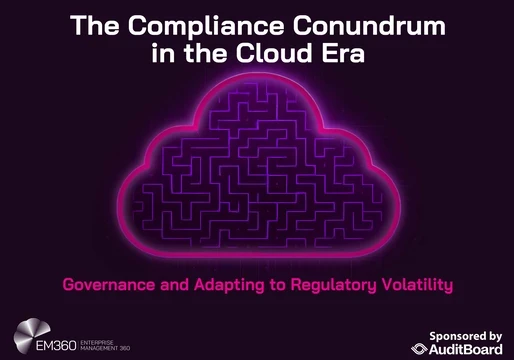
How To: Measure Lead Generation Success
14 February 2025
7 min
2

Did you find the article helpful?
2
0



